What Office Users Want in Flex Space Now
JLL’s Jacob Bates on the growth of new product types in the sector.
Companies of all sizes have been growing their flex office footprints in the past few years. Today, providers are seeing improved occupancy rates approaching pre-pandemic levels, according to CommercialEdge data. CBRE research found that demand from medium- and large-sized companies is bound to help the flexible office market scale even further in the future. Meanwhile, JLL expects the amount of flex spaces to increase and the monetization of the product for investors to return to pre-pandemic levels or higher in 2023.
In order to minimize the under-utilization of space, corporate enterprise occupiers are increasingly adopting flex products and turning to core-plus flex models, which allow them to integrate both traditional and flex office space in their portfolios.
Jacob Bates, JLL’s head of flex and experience management, told Commercial Property Executive at the end of 2022 that he expects to see a rise in flex office suites as the primary workspace alternative over generic coworking, as well as a shift toward agility, experience and flexibility. CPE caught up with Bates, who shared more on the adoption of new product types in this ever-growing sector and the factors driving demand for flex spaces today. He also touched on how the company’s Flex by JLL network of flexible office and coworking spaces are performing.
READ ALSO: How Coworking Is Reviving New Orleans’ Office Scene
Why do you expect coworking to return to pre-pandemic growth this year? What are the arguments behind outlook?
Bates: Ninety-three percent of JLL corporate occupier clients use flexible space in some capacity, and 42 percent of real estate leaders plan to accelerate investment into increasing flex footprint throughout their portfolio. This will drive the need for more flex, especially enterprise-grade flex such as suites.
To what extent do you expect coworking to keep shaking up traditional office space rentals?
Bates: It is less about shaking up traditional office space rentals and more about augmenting and expanding the product offerings beyond only traditional office. As occupiers look for more flexibility and experience, they are gravitating toward flex. Occupiers are evaluating their real estate portfolios from a core-plus flex strategy. They are keeping, extending, or even signing new leases for any locations—generally locations that are at least one full floor in size or larger—that fit their own core definitions and flexing into everything else.
What are the main aspects flexible workspace providers should focus on in terms of property management and business strategy to maximize their returns?
Bates: Flex is a strategic game of efficiencies and variabilities. This shows up in the user experience with the physical, emotional and experiential aspects of the product, term, space design and in how flexible workspace providers operate.
From your experience, what do office users expect from flex space offerings today?
Bates: Office users expect flexible terms, of course, but they are also expecting a full-service hospitable experience. Office users select flex to get term agility and the ‘easy button’ operationally. They are outsourcing their workplace experience and expecting the flexible workspace provider to deliver that experience. Similar to checking into a hotel, there is a level of expectation on the quality, experience and service you will receive.
Please expand on the new coworking products gaining traction due to growing demand for flex space.
Bates: As occupiers work their own core-plus flex strategies, they are finding a need for short-term, full-service, plug-and-play suites. Coworking is sharing an environment, amenities and experience with 50-plus companies. On the other hand, suites offer an occupier a propriety space environment that may be programmed for their business and talent while sharing some amenities, community and experience with five companies.
READ ALSO: CANOPY’s CEO on the Growing Demand for Boutique Coworking Spaces
Can you touch on the markets that are currently experiencing the highest demand and growth when it comes to coworking spaces?
Bates: Most markets are experiencing a re-emergence of demand and growth. Flex pricing has corrected and has been rising since 2022 due to demand. We are seeing demand in major cities, such as Seattle, where we revived a former vacant WeWork location—now known as Orchard Workspace by JLL—currently outpacing our lease-up expectations.
We are also seeing demand in more urban, suburban cities such as Chesterbrook, Pa., where we have wildly outperformed on lease-up occupancy and pricing. Our tenant mix is a wide range of technology, financial services, biotech, startup, legacy brand companies, nonprofits and even schools.
How do you plan to expand your coworking footprint across the U.S.?
Bates: We are supporting our investor clients in resurrecting former coworking locations within their buildings by helping them maintain control and influence over these flex spaces, financials and product offerings for their tenants and the community. We relaunch the locations, fill them up and operate them in partnership with our clients. Additionally, Flex by JLL is also advising owners within certain markets on building new flex locations and consulting them on product mix, experience, design, operations, financial modeling and valuations.
What are your predictions for the sector in the upcoming 12 months? How do you expect pricing to evolve?
Bates: We expect the large coworking operators will continue to right size and evolve their own business models. The demand for flex, especially enterprise-grade flex, will rise significantly. This will continue to have a positive influence on pricing in an upward mobility fashion as we have seen for the better part of the past 12 months. One example is Flex at Chesterbrook, where demand has been so strong that pricing is outperforming expectations.


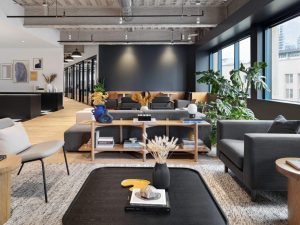
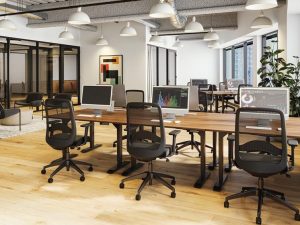
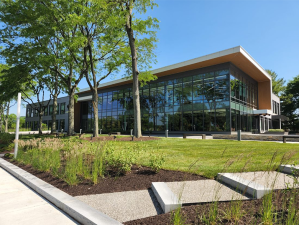
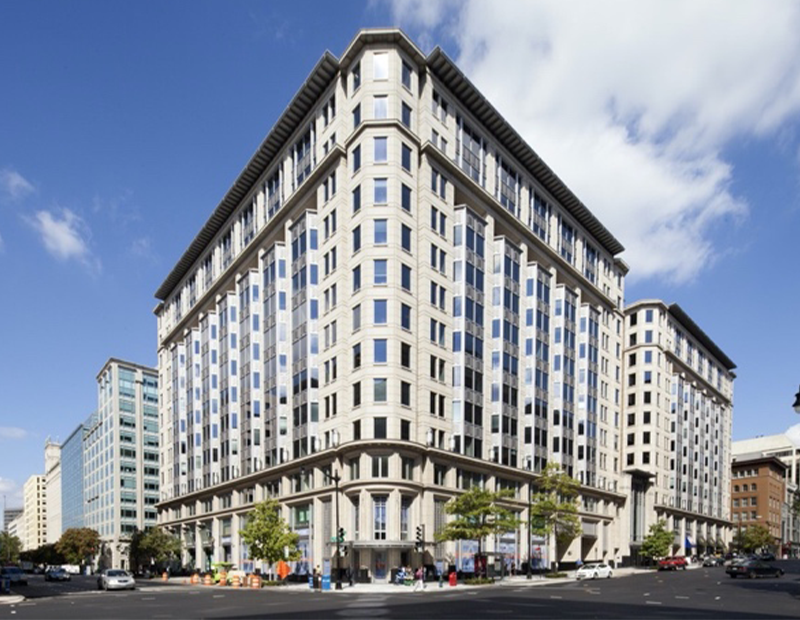

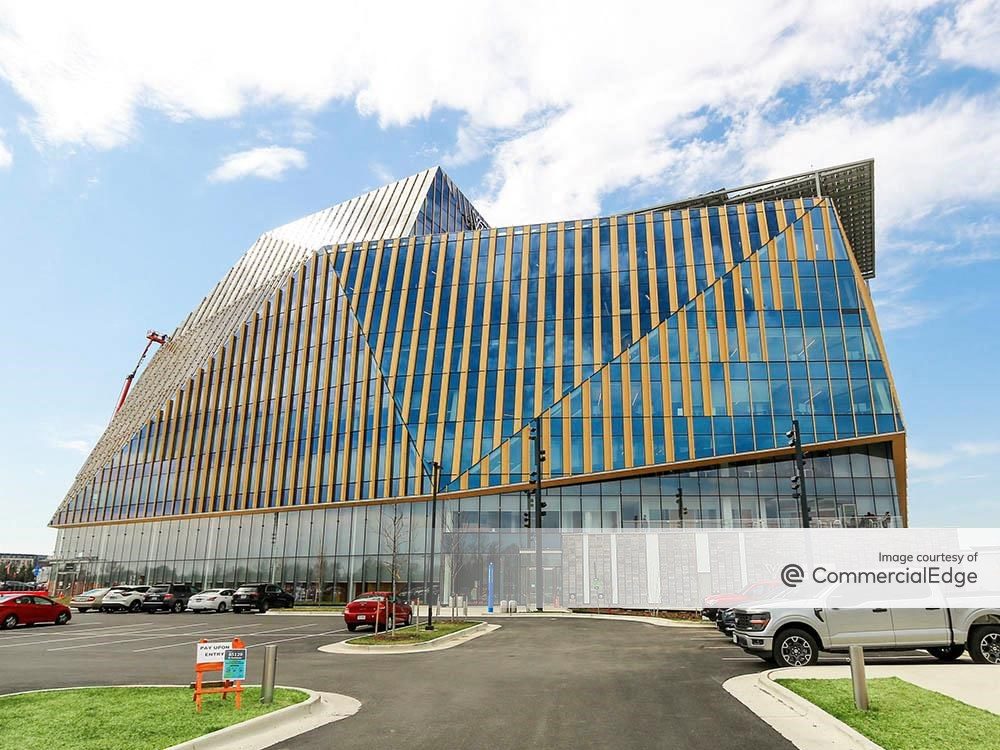

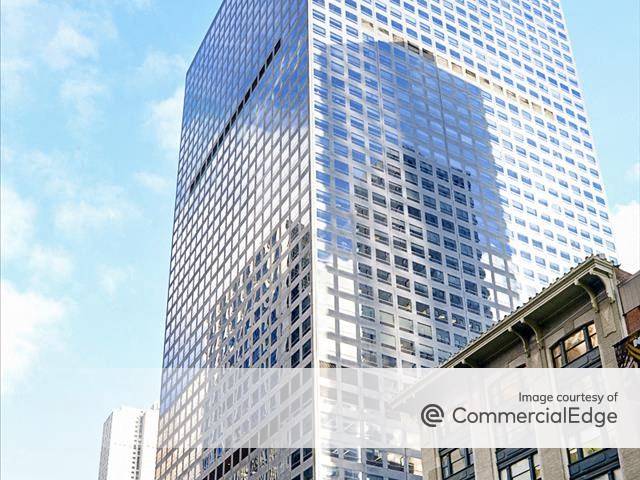

You must be logged in to post a comment.